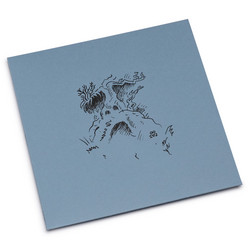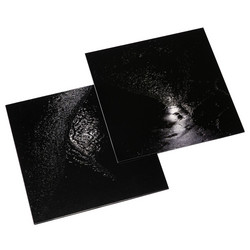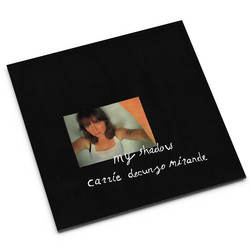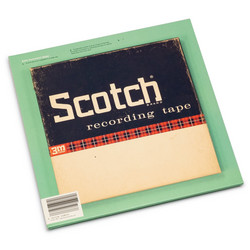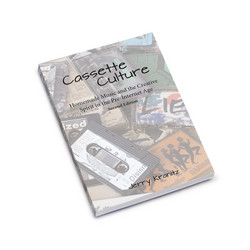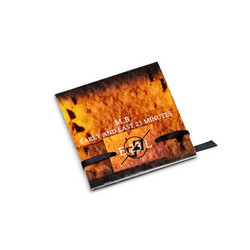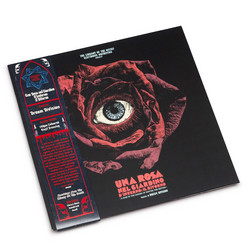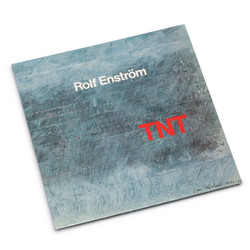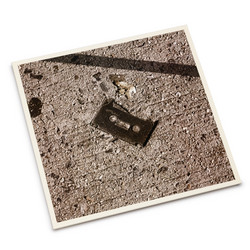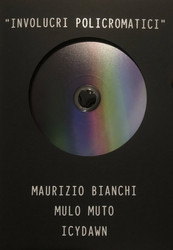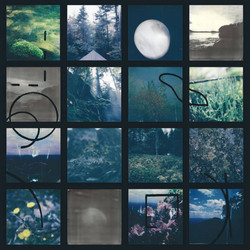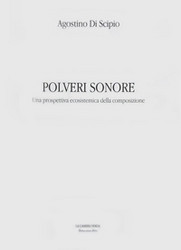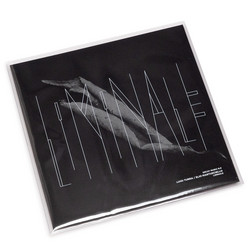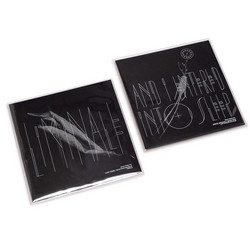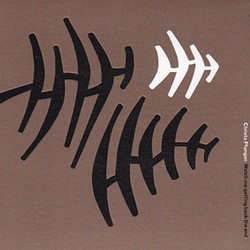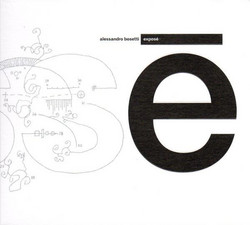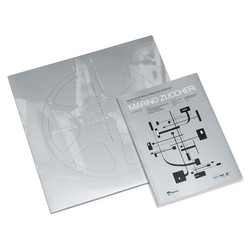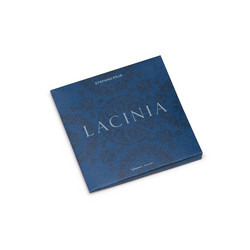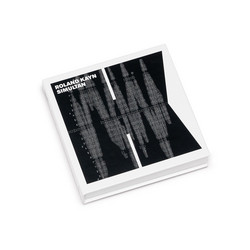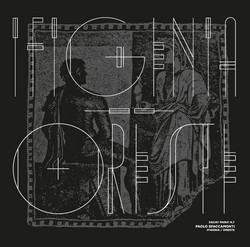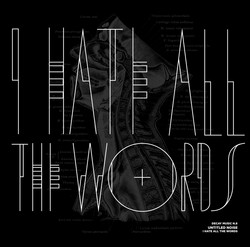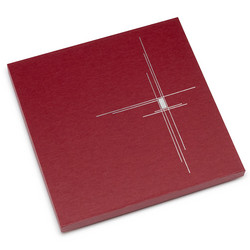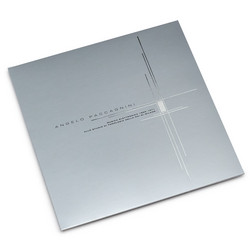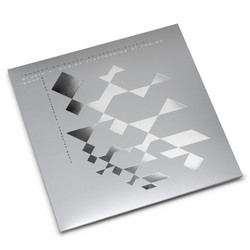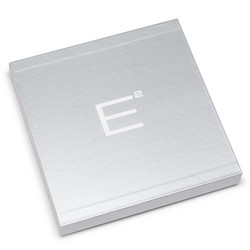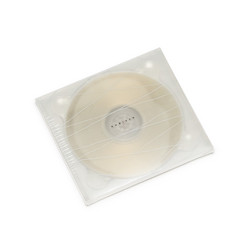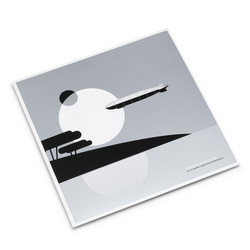SPAM, Agostino Di Scipio
Musical Sculptures & Other Devices
A sonic journey into John Cage and surroundings by renowned Italian composer Agostino di Scipio and his talented students. On December 9th, 2012, upon invitation from the Associazione Scarlatti, Agostino di Scipio and his students at the San Pietro a Majella Conservatory gave a performance of a very rare piece -- John Cage's Sculptures Musicales. The performance was planned out by Dario Sanfilippo, based on the few annotations left by Cage (which in turn followed an idea Cage took from Marcel Duchamp): the "musical sculptures" are sound blocks shaped by either electronic or acoustic instruments, sound blocks that should stay flat and stable in longer or shorter spans of time -- "constant sounds in a single envelope" -- as Cage wrote. The idea for this particular performance was to build prolonged sound textures separated by silent pauses, of duration roughly proportional to the loudness of the textures. The means to achieve that, however, were rather unstable and precarious in their sonic behavior: they included a self-built analog synth (Stefano Silvestri), a set of recycled mechanical objects and electronic circuits making up a kind of hybrid feedback network (Salvatore Carannante), an intricate computer patch of largely unpredictable -- but not random -- behavior (Dario Sanfilippo) and a "prepared cello" (Chiara Mallozzi). The sounds made with these means, as the piece was performed, are connoted by a tension due to the continuing attempt of the four performers to keep the sound level constant: not an easy task, given the idiosyncratic sound generation technologies involved, all of which remain critically sensitive to slight internal imperfections (e.g. Stefano's synth) or to the events in the surrounding environment (e.g. Salvatore's recycled feedback devices), and given that the four performers were sitting far from one another, at the four angles of a large cave (at the St. Elmo castle, in Naples). What is peculiar, upon listening, is this uncertain stasis, this insecure and dynamic balance among components, a local instability contrasting with the larger framework consisting of few monolithic elements. It's always the case, with Cage's work, that what seems to suggest a rather contemplative and ecstatic perspective, in actuality requires an incessant struggle, a demanding commitment and an enduring care for actions pursued in the moment.
